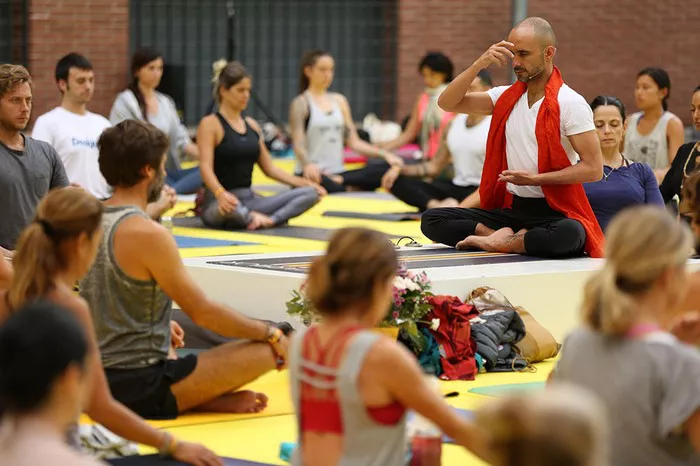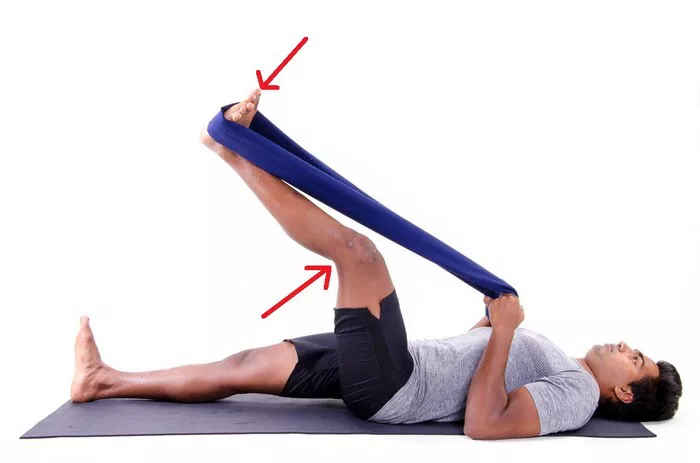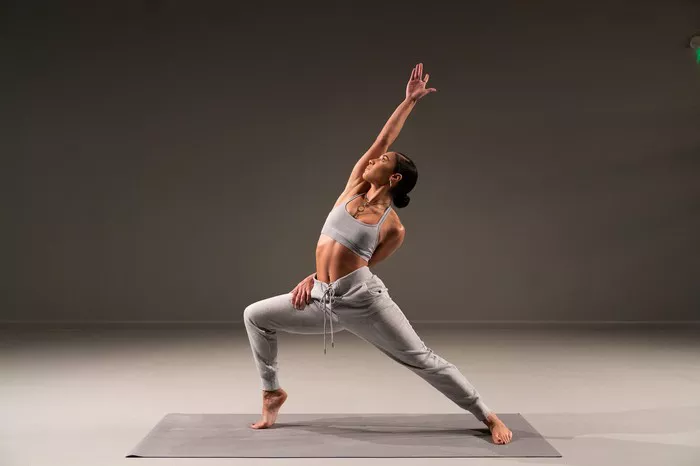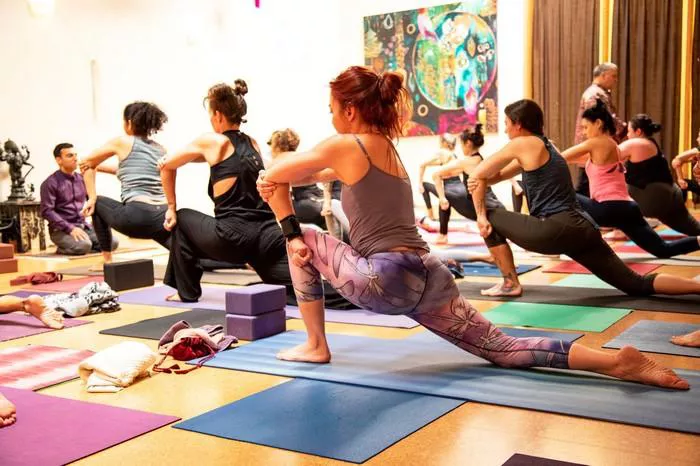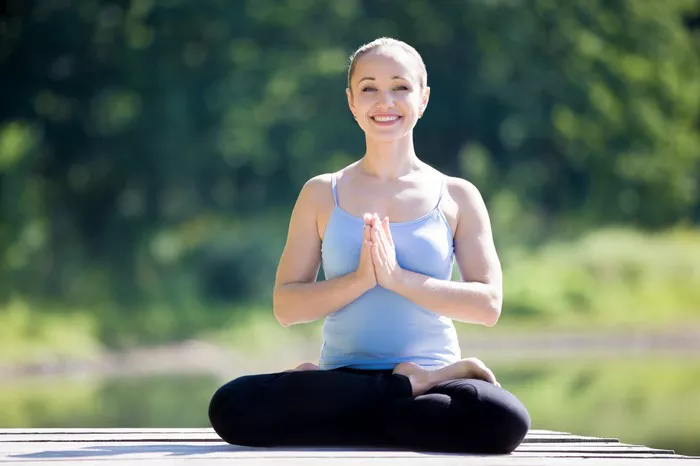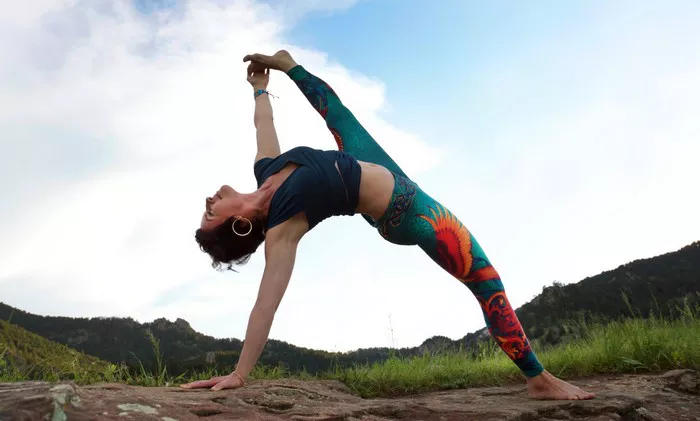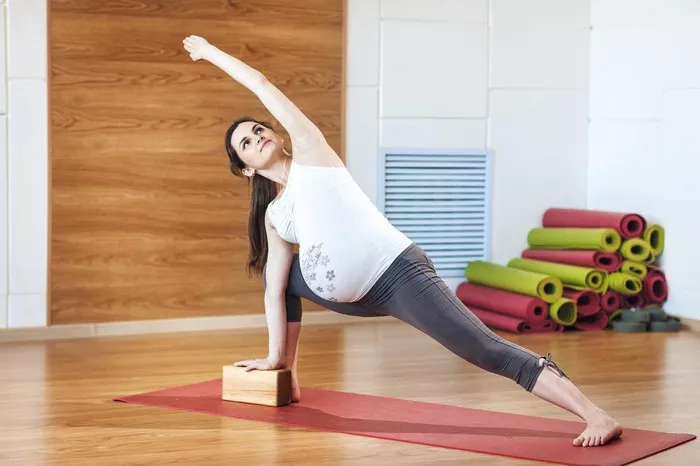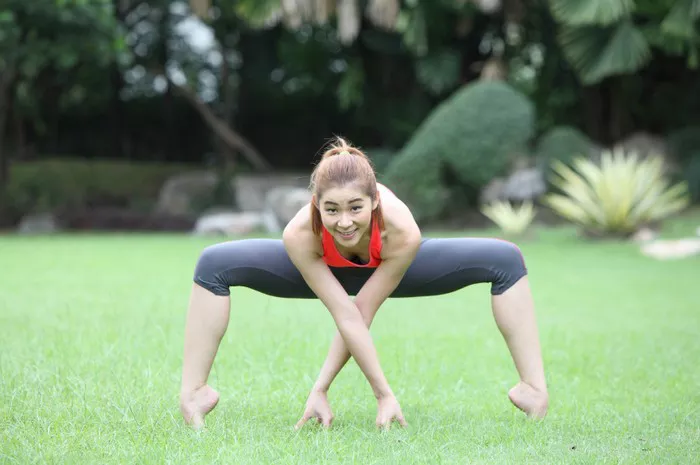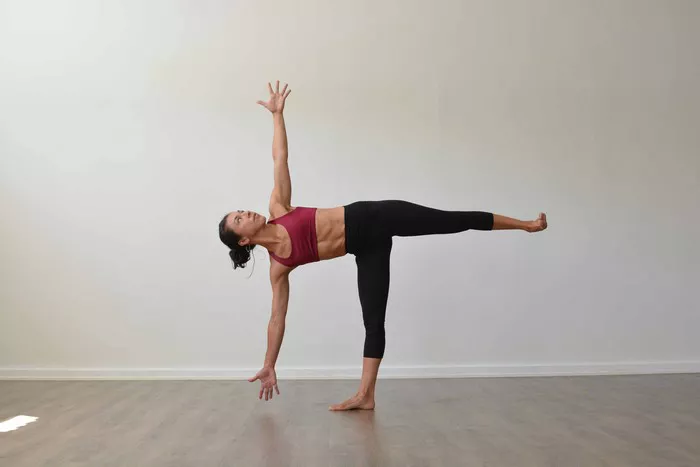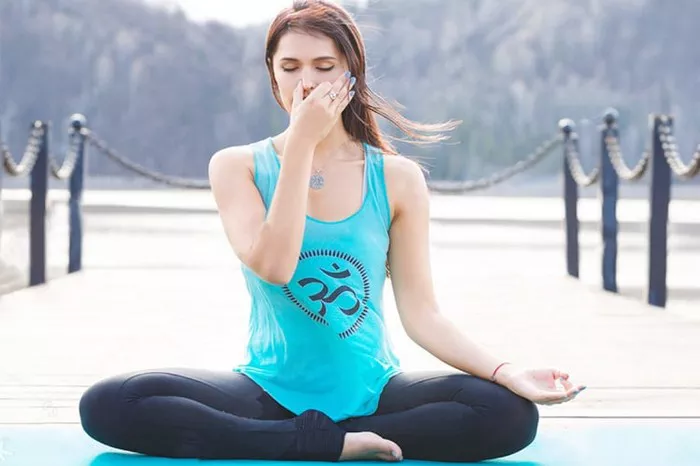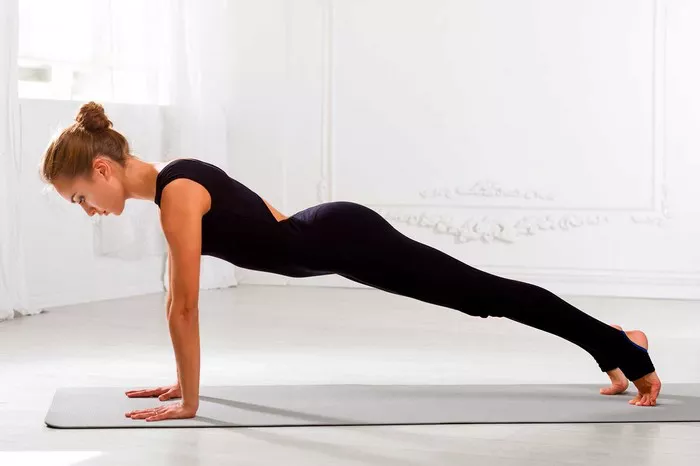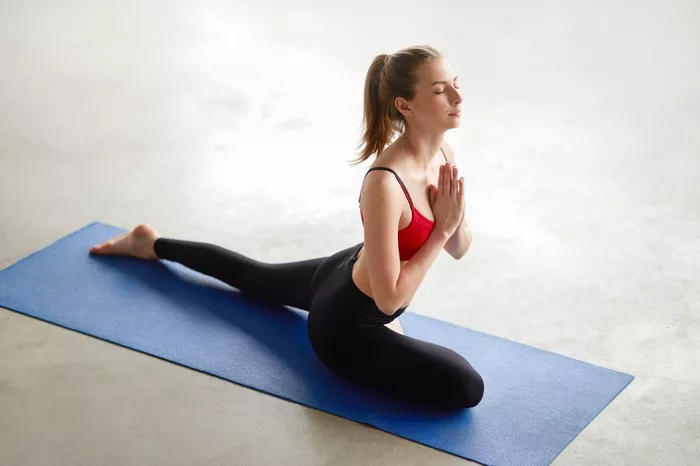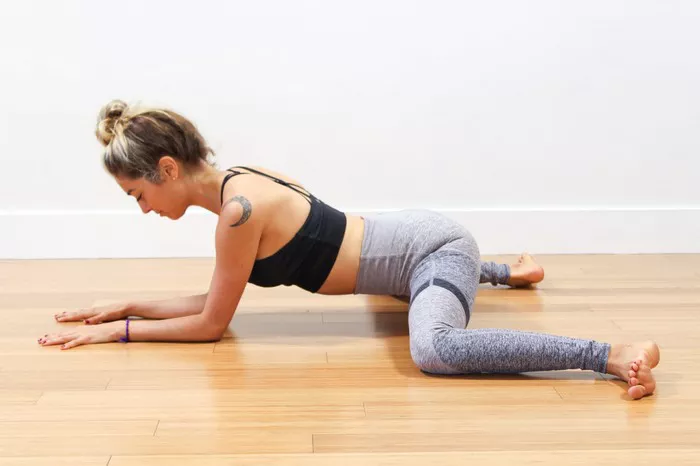Iyengar Yoga is a form of Hatha Yoga that emphasizes precision, alignment, and the use of props to aid in achieving the correct posture. Developed by B.K.S. Iyengar, this style focuses on developing strength, flexibility, and awareness through careful attention to the form and structure of each pose. One of the most distinguishing features of Iyengar Yoga is the duration for which poses are held. Unlike flow-based styles such as Vinyasa, Iyengar Yoga encourages practitioners to remain in poses longer, which offers unique physical and mental benefits.
Why Pose Duration Matters in Iyengar Yoga
The length of time a pose is held in Iyengar Yoga is not arbitrary; it serves specific purposes. Holding a pose longer helps deepen awareness, correct alignment, and facilitate muscular engagement and relaxation. Staying in a pose also allows for the development of mental focus and meditative concentration. In therapeutic settings, prolonged holds can assist with healing by targeting specific muscle groups or organs.
Factors Influencing Duration
The duration of each pose can vary depending on several factors, including:
- Experience Level: Beginners typically hold poses for a shorter time than advanced practitioners.
- Pose Type: Restorative poses may be held longer than standing or balancing poses.
- Therapeutic Goals: Specific conditions or injuries may require adjusted durations.
- Class Structure: In a guided class, the teacher determines the timing; in self-practice, the practitioner controls it.
- Props Usage: Props like blocks, straps, and bolsters can extend holding time by reducing strain.
Understanding these variables helps practitioners approach their practice more mindfully and tailor it to their individual needs.
General Guidelines for Holding Poses
While there is no strict rule, Iyengar Yoga typically follows these general guidelines for pose duration:
- Beginners: 30 seconds to 1 minute
- Intermediate: 1 to 3 minutes
- Advanced: 3 to 5 minutes or more
These times are flexible and can be adjusted based on the pose’s intensity, the student’s condition, and the teacher’s instructions. Proper breathing and mental engagement should be maintained throughout the hold.
Pose Categories and Their Typical Duration
1. Standing Poses
Standing poses like Trikonasana (Triangle Pose) and Virabhadrasana (Warrior Poses) build strength, stability, and stamina. They are typically held for 30 seconds to 2 minutes depending on the level of the practitioner.
- Beginners: 30 seconds to 1 minute
- Intermediate: 1 to 2 minutes
- Advanced: Up to 3 minutes
Standing poses require active engagement, and holding them longer helps enhance endurance and alignment.
2. Forward Bends
Forward bends such as Paschimottanasana (Seated Forward Bend) promote introspection and relaxation. These poses can be held longer, especially with props.
- Beginners: 1 minute
- Intermediate: 2 to 4 minutes
- Advanced: Up to 5 minutes
Using props like blankets and bolsters helps support the spine and makes it easier to sustain the pose.
3. Backbends
Backbends like Urdhva Dhanurasana (Upward Bow) or Bhujangasana (Cobra) energize the body and open the chest.
- Beginners: 20 to 30 seconds
- Intermediate: 30 seconds to 1 minute
- Advanced: 1 to 2 minutes
These poses require significant strength and flexibility, so duration should be increased gradually.
4. Twists
Twisting poses such as Ardha Matsyendrasana (Half Lord of the Fishes Pose) aid in detoxification and spinal flexibility.
- Beginners: 30 seconds
- Intermediate: 1 to 2 minutes
- Advanced: 2 to 3 minutes
Twists should be done mindfully, ensuring the spine remains elongated and the breath steady.
5. Inversions
Inversions like Sirsasana (Headstand) and Sarvangasana (Shoulder Stand) are hallmarks of Iyengar Yoga and may be held for extended periods.
- Beginners: 1 to 2 minutes with wall support
- Intermediate: 3 to 5 minutes
- Advanced: 5 to 10 minutes
Props and alignment are critical in inversions to prevent injury and promote circulation.
6. Restorative Poses
Restorative poses such as Supta Baddha Konasana (Reclined Bound Angle Pose) allow deep relaxation and are often held longer.
- All Levels: 5 to 15 minutes
These poses use multiple props to create comfort and support, enabling the practitioner to stay longer without strain.
Importance of Props in Holding Poses Longer
One of the key innovations in Iyengar Yoga is the use of props. Props allow practitioners of all levels to experience the benefits of each pose without overexerting themselves. They also facilitate longer hold times by alleviating pressure on joints and muscles. For example:
- Blocks: Support in standing poses
- Straps: Aid in achieving correct limb alignment
- Bolsters: Provide comfort in seated and reclined poses
- Walls: Assist in inversions and balance
By incorporating props, students can stay in poses longer, enhancing both the physical and mental benefits of the practice.
Mental and Emotional Benefits of Longer Holds
Holding poses longer in Iyengar Yoga does not only benefit the body; it also nurtures the mind. Prolonged holds require focus, patience, and mental resilience. Over time, this practice helps cultivate:
- Mindfulness: Attention to breath and alignment
- Stress Reduction: Calming the nervous system
- Emotional Release: Unlocking tension stored in the body
- Discipline: Building mental fortitude
These psychological benefits are particularly pronounced in restorative and inversion poses, where stillness invites deeper introspection.
Adapting Pose Duration for Special Conditions
Iyengar Yoga is highly adaptable, making it suitable for individuals with special conditions such as pregnancy, injury, or chronic illness. In such cases, pose duration is often modified:
- Shorter holds: In active poses to prevent fatigue
- Longer holds: In supported, restorative postures to promote healing
- Therapeutic sequences: Designed with careful timing under teacher guidance
It is crucial to consult a certified Iyengar instructor when adapting durations for specific health conditions.
Sample Practice Sequence with Timings
Here is a basic sequence suitable for intermediate practitioners, with suggested hold times:
- Tadasana (Mountain Pose) – 1 minute
- Adho Mukha Svanasana (Downward Dog) – 2 minutes
- Trikonasana (Triangle Pose) – 1 minute per side
- Virabhadrasana II (Warrior II) – 1.5 minutes per side
- Paschimottanasana (Seated Forward Bend) – 3 minutes
- Setu Bandha Sarvangasana (Bridge Pose) – 2 minutes
- Sarvangasana (Shoulder Stand) – 5 minutes
- Halasana (Plow Pose) – 3 minutes
- Savasana (Corpse Pose) – 10 to 15 minutes
This sequence balances strength, flexibility, and relaxation, with varying hold times to optimize benefits.
Conclusion
Understanding how long to hold poses in Iyengar Yoga is essential for maximizing the practice’s physical and psychological rewards. Duration varies depending on experience, pose type, and individual needs, but the general principle remains: staying longer in a pose cultivates deeper awareness and transformation. With the aid of props and proper guidance, practitioners can safely explore extended holds, unlocking the full potential of this disciplined and mindful approach to yoga.
FAQs
Q1: Can beginners hold poses for a long time in Iyengar Yoga?
A: While beginners can hold some poses longer with the use of props, it’s generally advisable to start with shorter durations and gradually increase over time to build strength and awareness.
Q2: How do I know if I’m holding a pose too long?
A: If you experience sharp pain, numbness, or excessive fatigue, it may indicate that the pose is being held too long. Always listen to your body and consult a certified teacher.
Q3: Why do Iyengar teachers emphasize alignment over duration?
A: Proper alignment ensures safety and effectiveness. Once alignment is achieved, duration can be increased without compromising form or risking injury.
Q4: Are long holds better than short holds?
A: Not necessarily. Both have benefits. Long holds allow for deeper work, while short holds may be more suitable for dynamic practice or beginners.
Q5: Can I practice Iyengar Yoga daily with long holds?
A: Yes, but it’s important to vary the practice. Alternate between active and restorative sessions and allow time for recovery when needed.
Related Topics:

